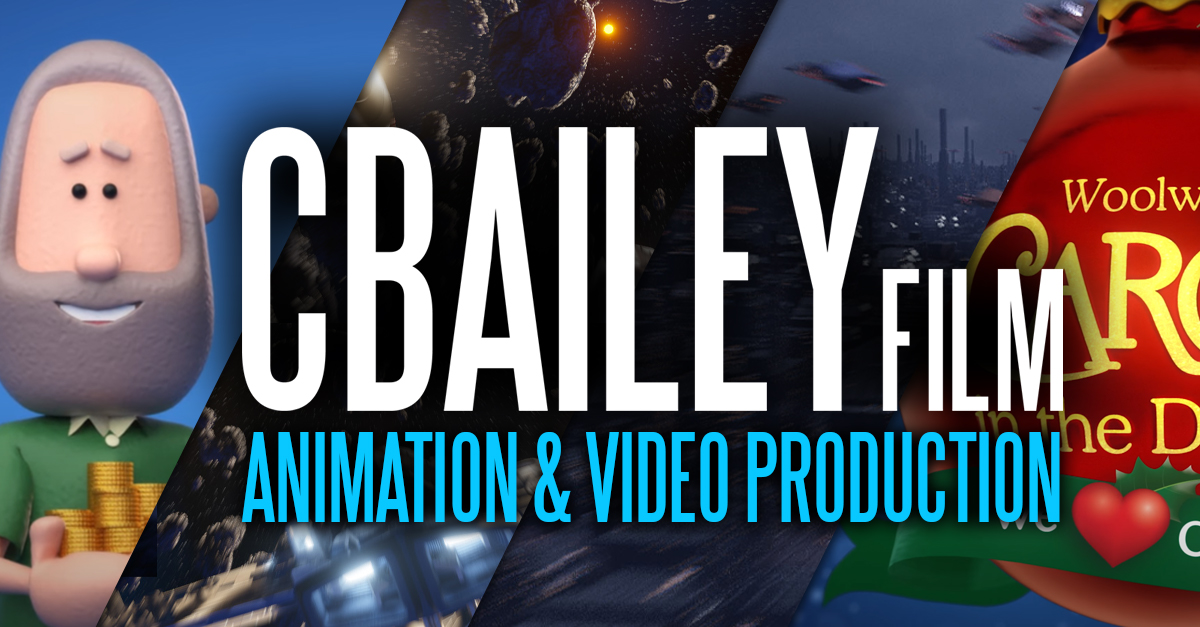Welcome to this exciting tutorial series! Over the next few videos we’ll be creating a sci-fi scene using Blender’s real time renderer, Eevee based on the Mandalorian. This first episode covers how to setup blender to work well with Unreal. We then create a rough version of our scene and bring it into VR to get the scale right. After this episode you’ll have a good idea for how to export models from blender and get them working in VR using Unreal. The next few episodes will be entirely blender focused, so if you’re not into VR then don’t worry! We won’t be going back to Unreal until the very end once our Eevee scene is complete. Buckle up! This is going to be a fun ride! Let’s get started.
In episode 2 we dive deep into blender and start modeling our room. Ever wondered how to easily punch a hole through complex geometry? How about filling holes evenly without resorting to Ngons? This is the video for you! We cover some great tricks for making and filling holes in complex geometry. We also make an iris blade door… so yea… that’s cool too. Let’s get started!
In this episode we model the details of our room scene. We use particle systems to fill the space with buttons, lights and dense pipe networks. We also add in some lights and materials to start setting the mood. Once the concepts are introduced I start speeding things up in the later part of the video so we can get it all in. Hope you enjoy it and learn some new tricks! Thanks for watching!
In episode 4 we model the holotable and our holograms. We then create shaders for all of the objects in our scene, including a cool hologram material for a miniature version of our room. We also plan where our scene is headed and talk about our animation goals! We then add lights into our scene and get our initial camera setup along with some animation for our materials. going Let’s get into it!
In part 5 we’re going to take a deep dive into animating objects with bones and armatures and how you can use them with almost anything! This tutorial will get you up to speed on how to approach your animations so that they’ll import well into Unreal Engine 4. Plus, as a special bonus, I premiere the final Eevee render at the end of the episode! You won’t want to miss it!
In part 6 of the bounty hunter’s den we take a quick look at UV’s, how they work and how to create clean layouts. UV layout is an important skill that has many uses, and we’ll be using it a lot. If you’ve ever been confused by them, this is the video for you. Let’s make UV’s easy!
In episode 7 we finish our Eevee scene! We go over animating between, multiple cameras then we animate our door with a quick intro to blend shapes. We then go over render settings and how to use the compositor in blender to create our final render. Enjoy!
In part 8 we discuss how to bake out materials from Blender so that we can use them in other programs. We then take our baked materials over to Unreal Engine 4 and setup all our nodes so that our materials match. We also cover some great tips and a few gotchas to look out for. Hope you enjoy it!
In this tutorial we jump into Unreal Engine to explore the crazy world of lightmaps and dynamic lighting. We talk about how to get good lighting and explain the process of optimising lighting with lightmaps. Let’s get into it!

